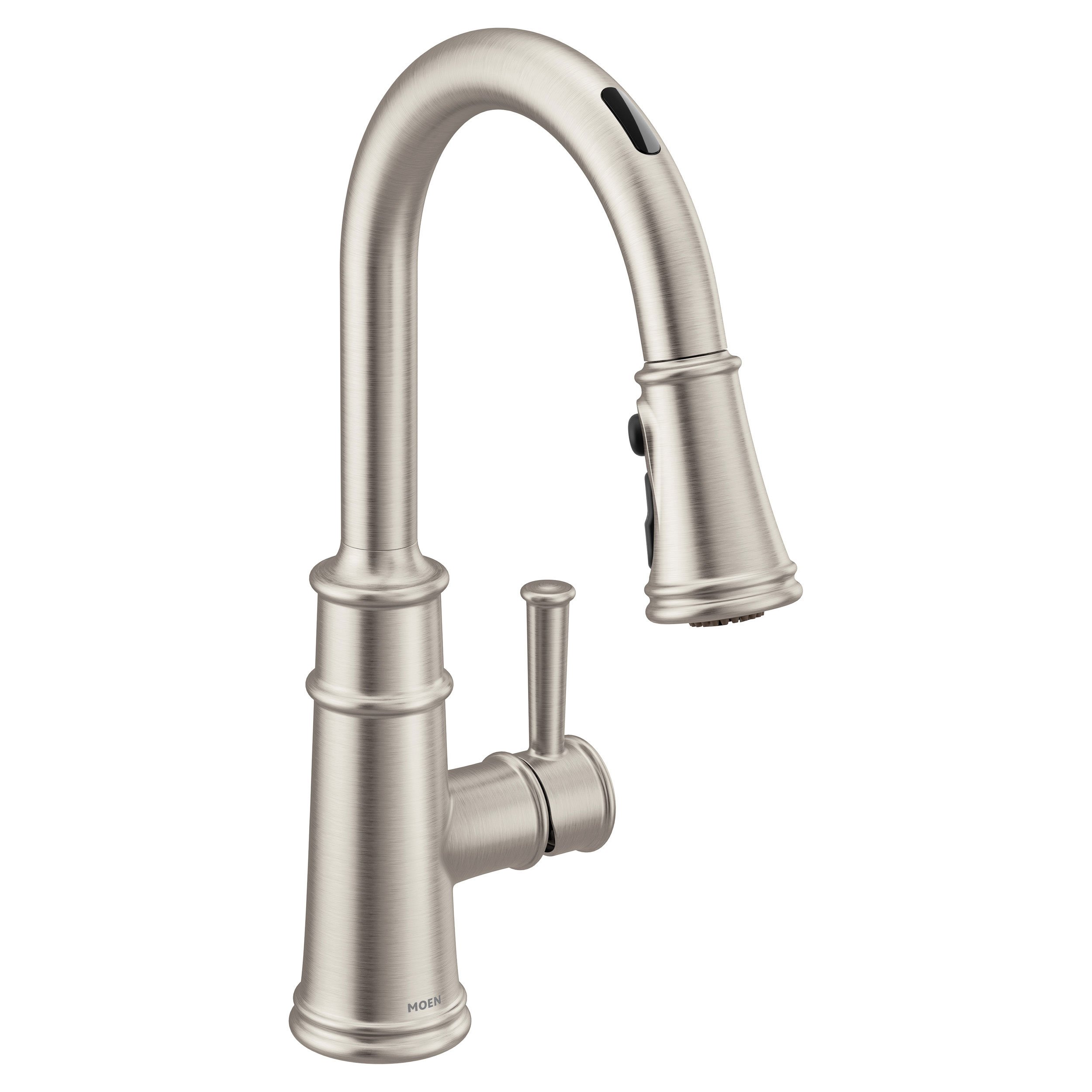The bigger the project, the more chances there are that something can go awry. Large-scale photography and video productions are complicated projects that require a lot of organization, communication, and delegation to ensure success.
Fortunately, TRG Multimedia has been around the block a few times. We're no strangers to massive multimedia productions, so we know just how much it takes to oversee and complete everything from start to finish. Let's break down what an ideal large-scale photo or video production looks like and what types of processes we put in place to make massive projects run as smoothly as possible.
The Ideal Process for Large-Scale Multimedia Productions
An efficient process is critical regardless of the size of your project. Every project is a new experience that involves different variables that you'll need to address. To do this, it's essential to take the following steps to get everything in motion:
-
Discovery – Determine the parameters of the project. Discovery should uncover the scope of the project and key information including scripts, shot lists, and other details.
-
Estimate – Take all the information from the discovery phase and build an estimate around the scope of the project and budget.
-
Timelines – Lay out projected benchmarks for the project and schedule out due dates for deliverables and approvals.
-
Design – Provide details and references for art direction, style, and other factors that will impact the looks of your photography.
-
Photoshoot preparation – Build the set, schedule the photographer, acquire products, and complete any other tasks to have everything ready for the day of the shoot.
-
Execution – Complete the photoshoot to capture every asset required for a successful project.
-
Post-production – Edit and finalize the assets after the photoshoot is complete.
-
Delivery – Send all completed assets to the client in the appropriate file types and naming conventions.
By following all these steps, our team can gather all the necessary information, execute your project, and deliver stunning assets that help you sell your goods or services. Of course, managing large-scale productions is no easy task. It takes a lot of dedication and some key project management processes to keep every aspect of a production on track. That’s why TRG Multimedia employs a few key practices to manage these projects.

Processes to Help Streamline Large-Scale Photography and Video Projects
Ideally, every project would seamlessly move from step to step without any issues. The problem is that even the best-laid plans can have a few hiccups along the way. The key is to identify these points of failure and address them before they impact timelines and project budget.
This process is even more crucial with big jobs. The larger the project, the more potential there is for problems to occur due to the sheer scale of what's needed. That's why it's important to put some practices in place to help prevent issues and catch any errors as early as possible. These are some of the processes we use to manage large photography and video projects.
Maintain a thorough tracking system to streamline the supply chain
Simply put, it's easier to track and shoot eight products than 800 of them. That's why it's important to have a system to track what needs to be photographed and maintain deadlines throughout the project.
The first step toward organizing and tracking everything is to have a complete shot list for the project. This list will track everything that needs to be shot and everything required for those shots, such as talent, angles, props, and start time. A multimedia studio can then take all these combinations and add them to a tracking sheet, database, or some other sort of management system.
By having this system in place, both the studio and client can keep tabs on what's needed for the project and ensure that everything aligns. This is especially helpful for projects with numerous SKUs that all require multiple shots.
A good tracking system can also keep deadlines in place to ensure that everyone is clear on when handoffs or approvals must occur. A simple miscommunication can throw even the best workflow into disarray – and nobody wants to rush and upload 800 images by 6 a.m. the next morning. A structured tracking system will make it easier for the studio to identify where any lapses occurred. In turn, any problems can be quickly addressed so that your projects stay on schedule.

Build in error checking and buffer time
Time is a major factor for large photography projects. The more you need to photograph, the more time you'll need to complete shooting, retouching, setup, and just about everything else. Those tasks can be accounted for during scheduling but missing a step can cause chaos.
It's not uncommon for large-scale productions to have lengthy shot lists with multiple variables – product types, camera angles, etc. The sheer number of different kinds of shots can make it more likely to miss a small detail like a two-letter abbreviation that denotes a different product color.
As you'd expect, missing details can and will lead to lengthy delays, especially if you're depending on hitting extremely tight deadlines. So how do you plan to mitigate the damage caused by simple human mistakes or inconvenient timing? Bake in some buffer time and vigilantly check for issues.
Building in a bit of buffer time when you initially set timelines can be a lifesaver on a major video or photography project. Tight timelines look great in theory, but they pose problems when life gets in the way. Try and find a balance between meeting deadlines and allowing enough time between handoffs in case someone gets sick or there's some other reason for a slight delay.
On the flip side, error checking is an essential way to limit the potential for delays caused by mistakes. It's important to have processes to help review tracking systems and check to ensure that tasks are not only completed but also done well. Having an error-checking system in place will help teams communicate and catch any missing details or other issues early to lessen their impact.
Delegate duties through a hierarchical command structure
As you may expect, large projects mean that there's a whole lot of work that needs to get done. It's critical to have a command structure in place on a large-scale project with many moving parts.
For the studio, this means having the right people in the right seats. You want a project manager in place to oversee everything and delegate duties and keep everyone working toward the same goal. With one leader, everyone knows their roles and responsibilities while the project manager keeps everyone on track.
This type of structure is also important for clients. Organizations can have a group working together on the project, but there should be a single leader to make key decisions and ensure everyone is on the same page. This need for a project leader is also critical to keep approvals on track, both before and during shoots. Even if the leader can't be available for something, they can still empower someone else to act as a point person in their stead while they're away.

Account for everything ahead of the shoot
When it comes time to shoot, there should be no surprises on set. The pre-production process is a crucial part of laying the groundwork for a photo or video project. There are so many details that could go wrong during long, complicated shoots. That's why it's crucial to have conversations to ensure that everyone is on the same page for the following details:
-
Decide on shot purpose and style
-
Plan and prepare the set design
-
Hire talent and decide on wardrobe
Nailing down these details will help ensure that the set is exactly how it should be for the shoot. This practice applies to projects of all sizes. Still, it's crucial not to let anything go unaddressed for large-scale productions. When there's more of everything – set construction, product check-ins, etc. – there's greater opportunity for on-set surprises that can derail the completion of your shoot.
Of course, there are some situations that only enough experience can help you uncover. For example, talent can pose problems if you don't know what to consider. You may like someone based on a headshot, but you may need to consider what their hands look like if they'll be handling anything for the shoot. An experienced project manager can work with you to identify any crucial details you may not think of normally to prevent problems on set.
Work with a Multimedia Studio with Large-Scale Success
Are you ready to embark on a major photo or video project? At TRG Multimedia, we work with you to make the process as easy as possible while delivering stunning assets for your organization. Contact us today about your next multimedia project.



